Growing Focus on Health and Fitness
The increasing emphasis on health and fitness is influencing consumer behavior in the Skiing Equipment Market. As more individuals prioritize physical activity and outdoor recreation, skiing emerges as an appealing option that combines exercise with enjoyment. This trend is reflected in the rising sales of skiing equipment, as consumers seek to invest in gear that supports their active lifestyles. Reports indicate that the fitness equipment market has seen a parallel increase, suggesting that consumers are more inclined to purchase skiing equipment as part of their overall fitness regimen. The Skiing Equipment Market stands to benefit from this health-conscious shift, as skiing is not only a thrilling sport but also an effective way to maintain physical fitness. This growing awareness may lead to sustained demand for skiing equipment in the coming years.
Technological Innovations in Equipment
Technological advancements in skiing equipment are transforming the Skiing Equipment Market. Innovations such as improved materials, enhanced safety features, and smart technology integration are becoming increasingly prevalent. For instance, the introduction of lightweight materials has led to the development of skis that offer better performance without compromising durability. Additionally, smart ski gear equipped with sensors can provide real-time data on performance metrics, appealing to tech-savvy consumers. The market for such advanced equipment is projected to grow significantly, with estimates suggesting a compound annual growth rate of around 8 percent over the next five years. This trend indicates that consumers are willing to invest in high-quality, technologically advanced skiing equipment, thereby driving the overall market.
Increased Participation in Winter Sports
The rising interest in winter sports, particularly skiing, appears to be a primary driver for the Skiing Equipment Market. As more individuals engage in skiing, the demand for skiing equipment is likely to increase. Recent statistics indicate that participation in skiing has grown by approximately 10 percent over the past few years, suggesting a robust market potential. This trend is further supported by the increasing number of ski resorts and facilities, which cater to both novice and experienced skiers. The Skiing Equipment Market is thus positioned to benefit from this surge in participation, as consumers seek quality gear to enhance their skiing experience. Furthermore, the growing popularity of ski schools and training programs may contribute to sustained interest in skiing, thereby bolstering the market for skiing equipment.
Expansion of Ski Resorts and Infrastructure
The expansion of ski resorts and related infrastructure is a significant driver for the Skiing Equipment Market. As new ski resorts are developed and existing ones are upgraded, the accessibility and appeal of skiing are enhanced. This expansion is likely to attract a broader audience, including families and beginners, who may be more inclined to invest in skiing equipment. Recent data suggests that the number of ski resorts has increased by approximately 15 percent in certain regions, indicating a positive trend for the industry. Furthermore, improved transportation and accommodation options near ski resorts may facilitate greater participation in skiing, thereby driving demand for skiing equipment. The Skiing Equipment Market is poised to capitalize on this growth, as more consumers seek to experience the thrill of skiing.
Environmental Awareness and Sustainable Practices
The growing awareness of environmental issues is influencing the Skiing Equipment Market, as consumers increasingly seek sustainable and eco-friendly products. Manufacturers are responding to this demand by developing skiing equipment that utilizes sustainable materials and production processes. This shift towards sustainability is not only beneficial for the environment but also appeals to a demographic that values ethical consumption. Recent surveys indicate that a significant percentage of consumers are willing to pay a premium for environmentally friendly skiing equipment, suggesting a lucrative market opportunity. The Skiing Equipment Market may experience growth as brands that prioritize sustainability gain traction among eco-conscious consumers. This trend indicates a potential shift in purchasing behavior, where sustainability becomes a key factor in the decision-making process for skiing equipment.


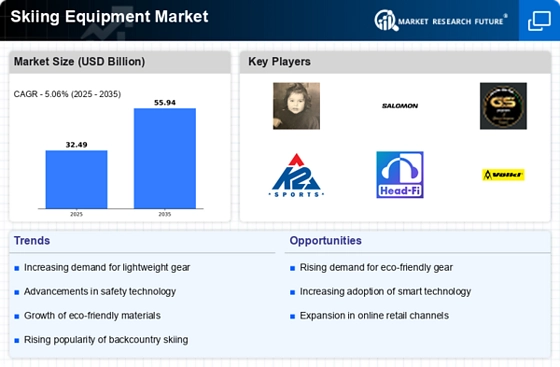
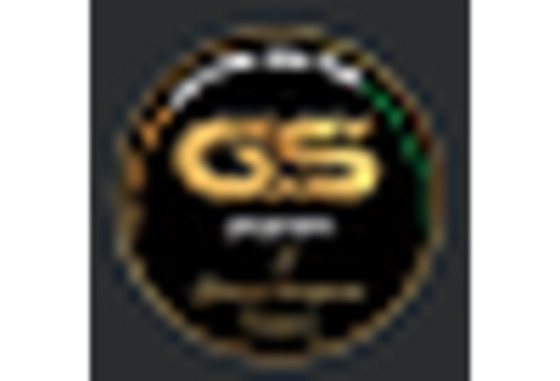
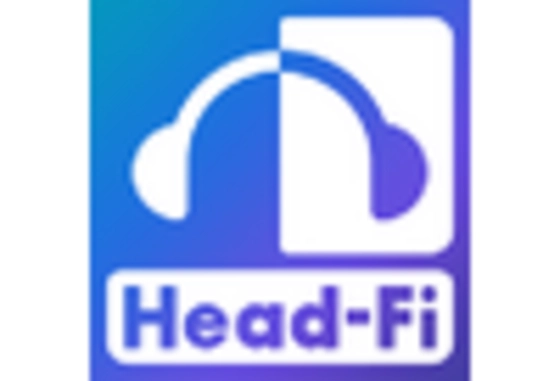
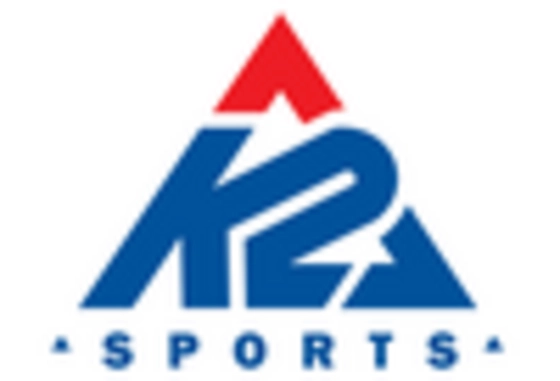

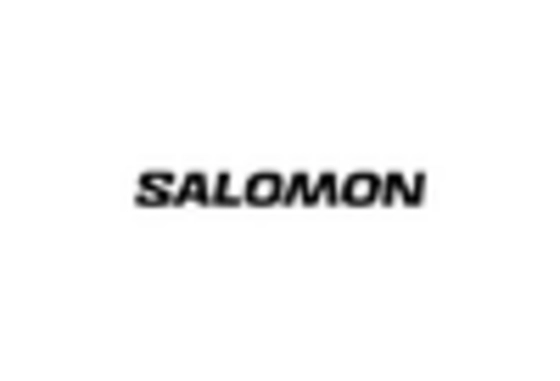
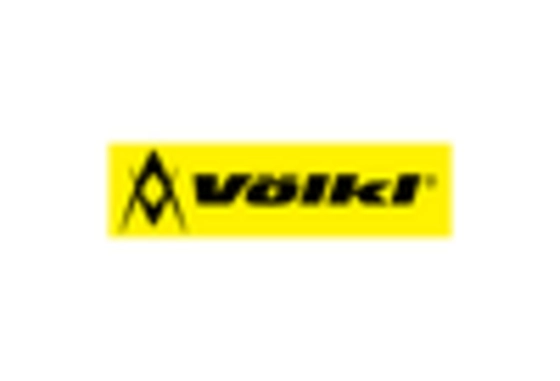








Leave a Comment